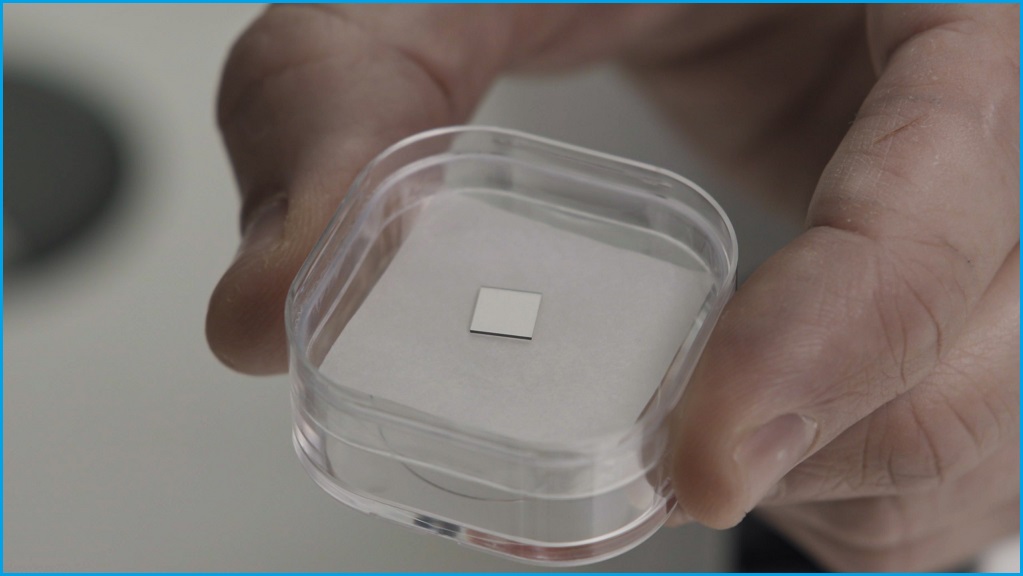The Pawsey Supercomputing Centre has added small quantum processor to its $48 million Setonix supercomputer in order to test the limits of room-temperature quantum computing.
In a partnership with Australian-German startup Quantum Brilliance, Pawsey installed a diamond-based quantum accelerator into a rack in its Western Australian facilities.
The installation was due to take place late last year but had been delayed due to COVID-19 border closures.
Mark Stickels, executive director of the Pawsey Supercomputing Centre, said the trial will help Australia maintain its position as a major player in developing of quantum computers.
“The installation of Quantum Brilliance’s quantum accelerator is a critical step and prime example of aligning with Australia’s goals to accelerate quantum research and achieve real-world value,” he said in a statement.
“The partnership between Pawsey and Quantum Brilliance will play a pivotal role in demonstrating how we can deliver classical-quantum compute power scale in a way never before seen in an HPC [high-performance computing] environment.”
Because of the near-absolute zero temperatures needed to maintain coherence in quantum systems, quantum computers usually need a large intricate cryogenic device called a dilution fridge.
What’s installed alongside Pawsey’s Setonix supercomputer, however, takes up minimal rack space – little more than a single server or a handful of storage drives – and can operate safely at room temperature.
The trade-off is that it has fewer qubits and lacks the complex error correction of the low-temperature standalone quantum computers being built by the likes of Microsoft, Google, and IBM.

The Quantum Brilliance device slots easily into a rack. Image: supplied
But Quantum Brilliance’s accelerator is designed as an edge product that works in conjunction with classical computers.
According to Ugo Varetto, Pawsey’s CTO, the quantum accelerator device is to a supercomputer as a GPU is to a CPU.
“The idea is to offer access to our researchers as they do today with GPUs, offloading computation to the device as needed,” he said.
Accurate simulations of quantum systems are an intractable problem for classical computers – the amount of computing required increases exponentially with the size of the system.
As such, there are certain tasks that quantum computers will theoretically be able to perform in a way a classical computer never could, such as running the cryptography-cracking Shor’s Algorithm.
But because the underlying quantum computers are still being engineered, testing and iterating algorithms that can leverage this new technology is limited in part by the quality of simulated quantum computers and availability of quantum hardware.
Creating small, modular quantum systems that don't need cryogenic temperatures to operate could help bridge the gap for researchers and developers who are exploring the power of quantum computing.
Bryce Henson, an engineer with Quantum Brilliance, said he expects the ability to get more people using quantum computers will help the field grow.
“The important thing about classical computing is the full impact of the technology wasn’t realised until it was in the hands of multiple people,” he said.
“If we can produce small quantum processors that give researchers the opportunity to interact with those systems, then we can really see what happens.”










